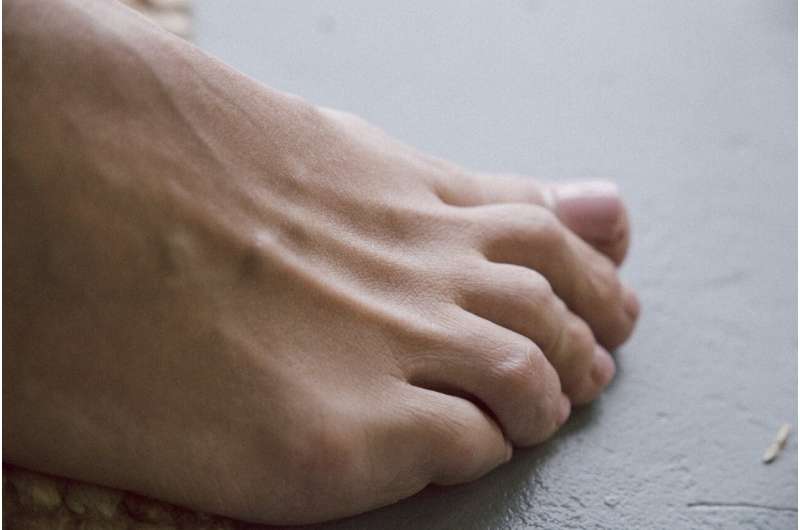Innovative Research Reveals Hidden Factors in Wound Healing and Recurrence

New research uncovers the significance of skin barrier function in wound healing, highlighting the role of invisible wounds measured through TEWL in predicting diabetic foot ulcer recurrence.
Recent groundbreaking research has highlighted that the current standards for defining wound healing may overlook critical aspects of skin recovery, especially in patients with diabetic foot ulcers. Conducted by the NIH Diabetic Foot Consortium and led by scientists at the University of Pittsburgh, the study emphasizes that a wound appearing closed under traditional criteria—such as the absence of discharge for two weeks—is not always fully healed in a functional sense.
The key insight from this research is the concept of 'invisible wounds.' While the skin may look intact, it can have defective barrier functions that compromise its ability to prevent bacteria, dirt, and allergens from entering the body. This defective barrier is characterized by increased moisture loss, measurable via a simple handheld device that gauges transepidermal water loss (TEWL). Elevated TEWL levels suggest that the 'covering' skin isn't adequately protective.
In patients with diabetic foot ulcers, high TEWL has been linked to a greater likelihood of wound re-opening. The study followed 418 adults with diabetes and recently healed ulcers, finding that approximately 22% experienced wound recurrence within 16 weeks. Notably, those with TEWL measurements exceeding 30 were about 2.7 times more prone to wound reappearance than those with lower levels. This indicates that even wounds that look healed might still harbor significant risks due to functional, yet invisible, skin defects.
The findings propose a shift in how clinicians assess wound healing. Incorporating TEWL measurements into standard evaluations could improve prediction of wound recurrence, facilitate better management strategies, and potentially reduce amputations and mortality associated with diabetic foot complications. Experts emphasize that recognizing and addressing these invisible wounds may be crucial in ensuring more durable wound closure and better patient outcomes.
Lead researchers believe that future protocols should include skin barrier function assessments to prevent unnecessary recurrences and enhance healing success. This approach aims to transform traditional wound care practices, making them more precise and effective for at-risk populations.
Source: https://medicalxpress.com/news/2025-05-invisible-wounds-wound-closure.html
Stay Updated with Mia's Feed
Get the latest health & wellness insights delivered straight to your inbox.
Related Articles
Uncovering the Role of Genetic Variants in COLON Cancer Risk
New research uncovers how specific gene variants influence colon cancer risk, advancing personalized medicine and prevention strategies.
Rising Breast Cancer Cases Among Young Women Highlighted by Celebrity Stories
Increasing breast cancer diagnoses among young women in the U.S. are highlighted by celebrity stories, emphasizing the need for awareness, early detection, and risk factor management.
FDA Issues Recall for Unpasteurized Fruit Juices Due to Food Safety Concerns
The FDA has issued a recall of unpasteurized fruit juices due to potential bacterial contamination, warning consumers of food safety risks, especially for vulnerable groups.



